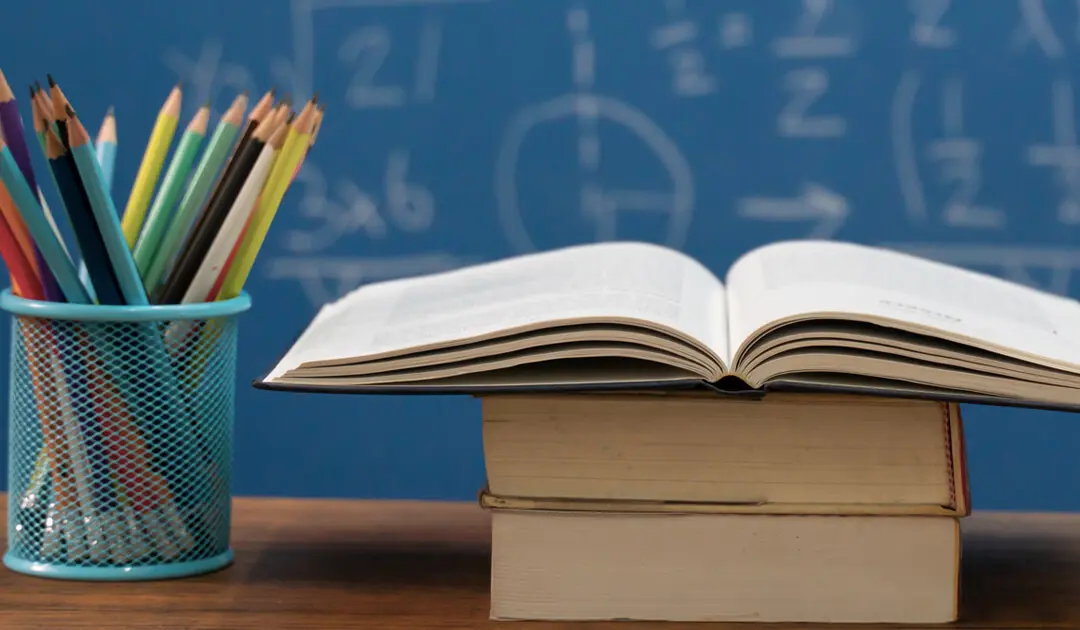Why Teachers Are Dropping Out

Budget cuts. Fewer resources. More students. High-stakes testing accountability. Students’ mental, physical, emotional, and learning challenges. Not enough classroom management training.
These are just a few of the issues teachers face. As a result, about half a million teachers in the US—particularly new teachers—either move or leave the profession each year, according to a report from the Alliance for Excellent Education.
So how can we fix this? How can we keep students and teachers in the classroom?
Dr. Marilyn Armour, a professor at the University of Texas at Austin, says two things are essential: teaching students and teaching teachers.
Teaching Students With Restorative Discipline
If a student doesn’t know how to add, spell, or swim, we teach. “Yet with behavior,” Armour writes in a Huff Post Education article, “we assume that punishment or the concomitant suffering will teach students what they don't know.”
But instead of zero-tolerance punishments like suspension or expulsion, Armour says, students benefit from being taught exactly what the problem behavior is, why it’s a problem, and what they can do to fix it. This practice, known as Restorative Discipline, involves bringing everyone involved in an incident together “to learn what happened, listen to each person's perspective, discover the motivation for the harm, and work to identify appropriate and agreed upon actions by which the student who caused the harm takes responsibility and is accountable for the breach of trust.”
Armour cites the success that schools have had with this approach—schools including West Philadelphia High, which reduced incidents by a total of 92 percent between 2007 and 2009. (Also read about a school in Wisconsin that has reduced disciplinary referrals by over 60 percent since 2009.)
Teaching Teachers in Higher Ed and Continuing Ed
While new teachers have expertise in the areas they teach in, Armour says, they don’t receive much training in Restorative Discipline or other ways to manage what they’ll have to deal with in their classrooms.
But learning environments have to do with more than just the 3 R’s. Classrooms are also affected by the behaviors that result from the often enormous challenges students face—issues such as hunger, bullying, abuse, trauma, health problems, and more.
What helps teachers and students alike is classroom discipline training that focuses on empathy.
Knowing how to use Restorative Discipline, PBIS, and social and emotional learning techniques helps reduce problem behaviors, Armour says, stressing that these strategies should be taught in higher education in order to give both students and teachers the tools they need to succeed.
Read Armour's post and watch her Huff Post Live interview.
Get resources on:
Schedule a Consultation
Learn how CPI’s training programs can benefit your organization.
Let's Connect